Ethereum co-founder Vitalik Buterin and Solana co-founder Anatoly Yakovenko have ignited debate within the crypto community over the true security of Ethereum’s layer-2 (L2) networks. The discussion highlights key differences in how each blockchain approaches scalability and trust.
Buterin reaffirmed that Ethereum’s L2 solutions—such as Arbitrum, Base, Optimism, and Worldchain—derive their security directly from Ethereum’s base layer. He stressed that even a 51% attack cannot validate fraudulent blocks or compromise user assets. According to him, L2s inherit Ethereum’s consensus and finality, ensuring strong protection against network manipulation. However, he warned that if validators are trusted with actions beyond the blockchain’s control, this assurance weakens, allowing potential collusion or errors to undermine system integrity.
Yakovenko, however, rejected the idea that Ethereum’s L2s inherit full Ethereum-level security. In a post on X, he argued, “The claim that L2s inherit ETH security is erroneous.” He contended that five years into Ethereum’s L2 roadmap, these solutions still share similar risks with wrapped assets on Solana bridges. Yakovenko pointed to fundamental issues such as complex codebases that increase attack surfaces, multisig custody risks where collusion could compromise funds, and off-chain processing that introduces centralization.
He further proposed building a specialized Ethereum–Solana bridge, positioning Ethereum as a layer-2 to Solana—an idea aimed at merging scalability with enhanced cross-chain security.
According to L2Beat, Ethereum now hosts over 129 verified L2 networks holding more than $35 billion in total value locked. Yet, as the ecosystem expands, critics question whether the surge of L2s fosters innovation or adds inefficiencies. Despite Ethereum’s one million validators compared to Solana’s 2,000, the debate underscores a crucial industry challenge: balancing scalability, decentralization, and security in the evolving blockchain landscape.








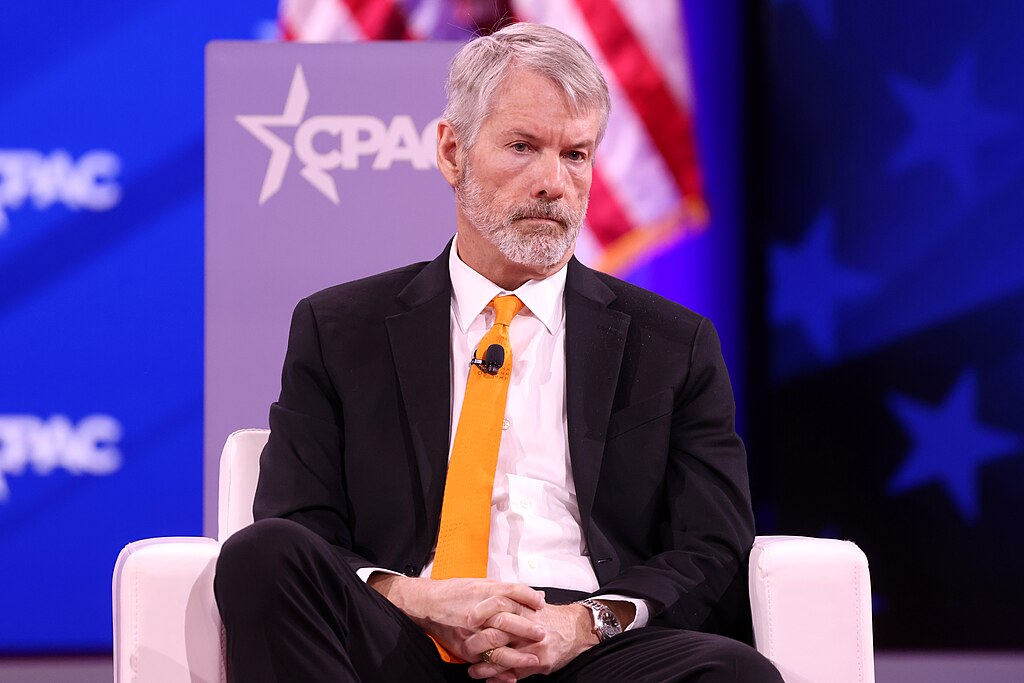
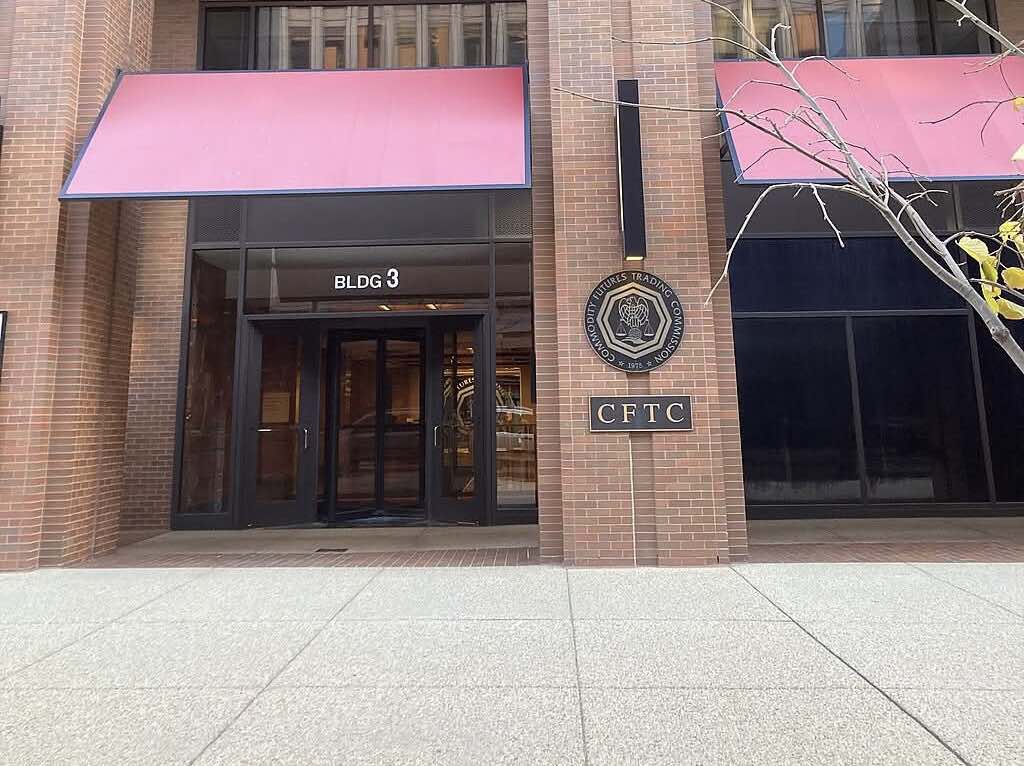




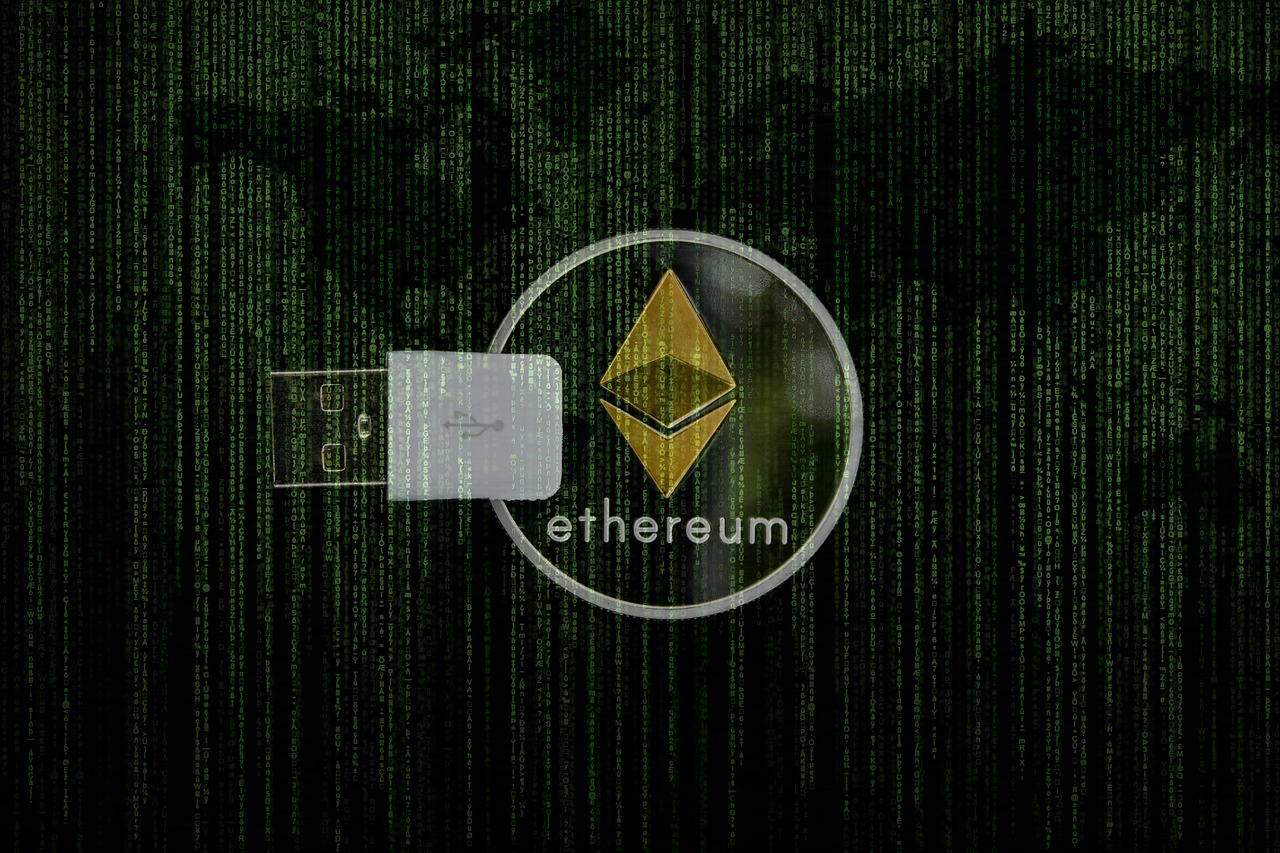
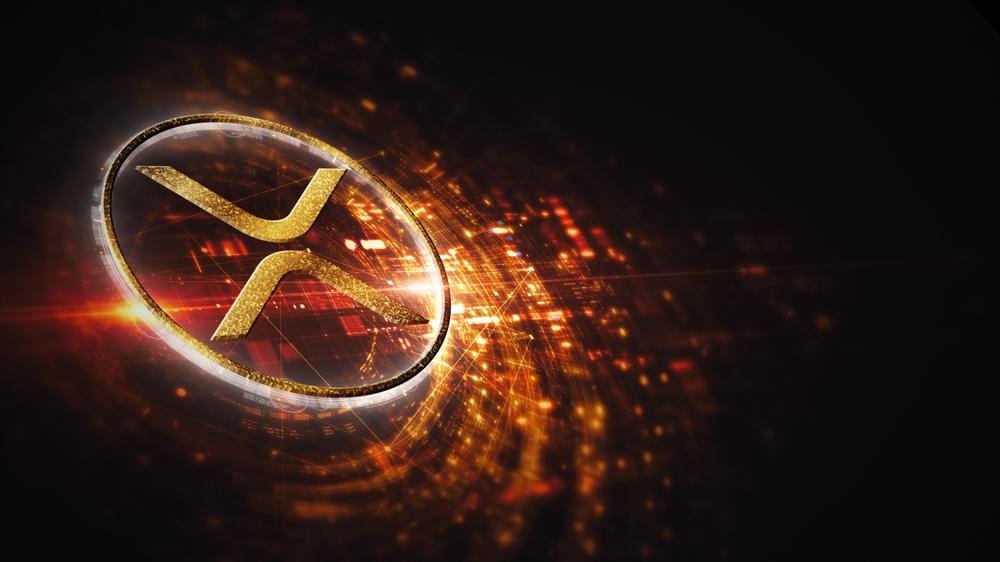
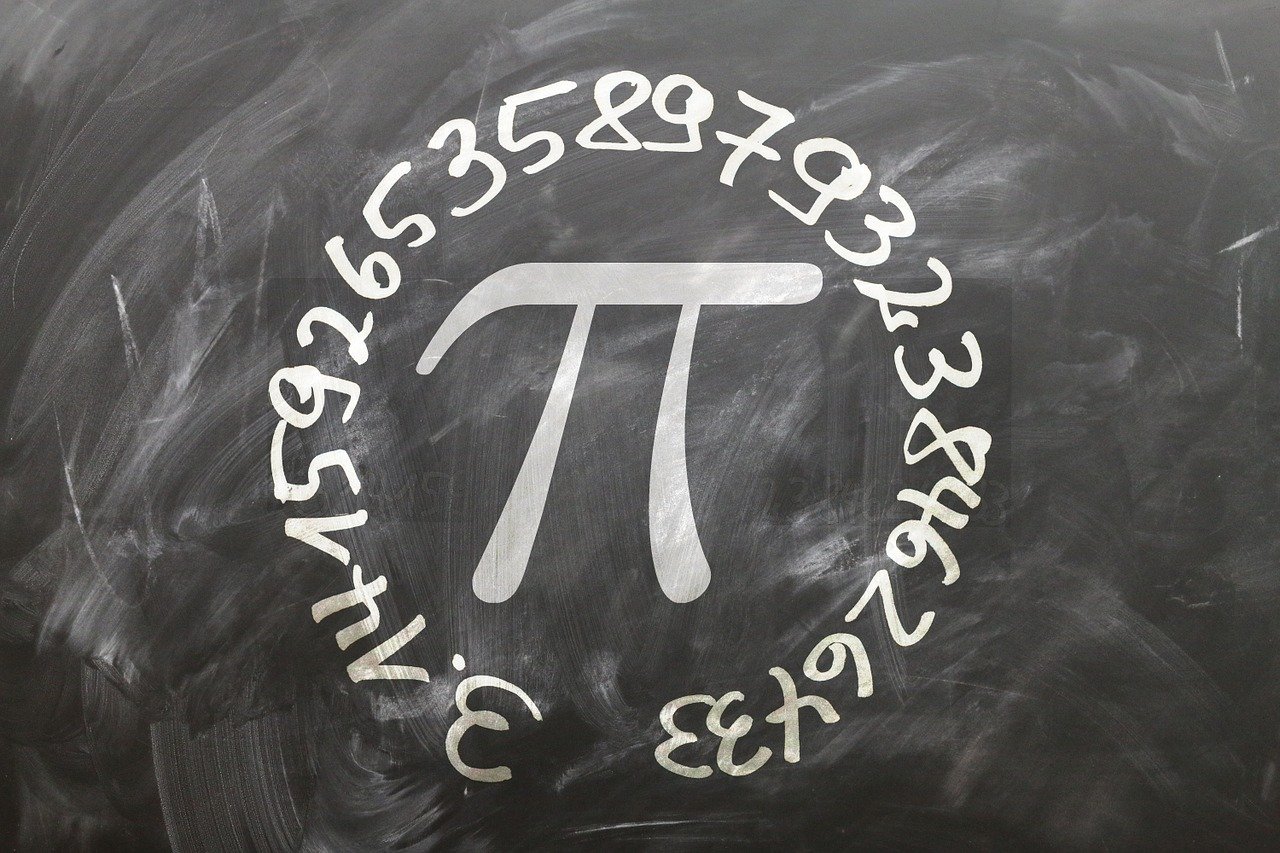
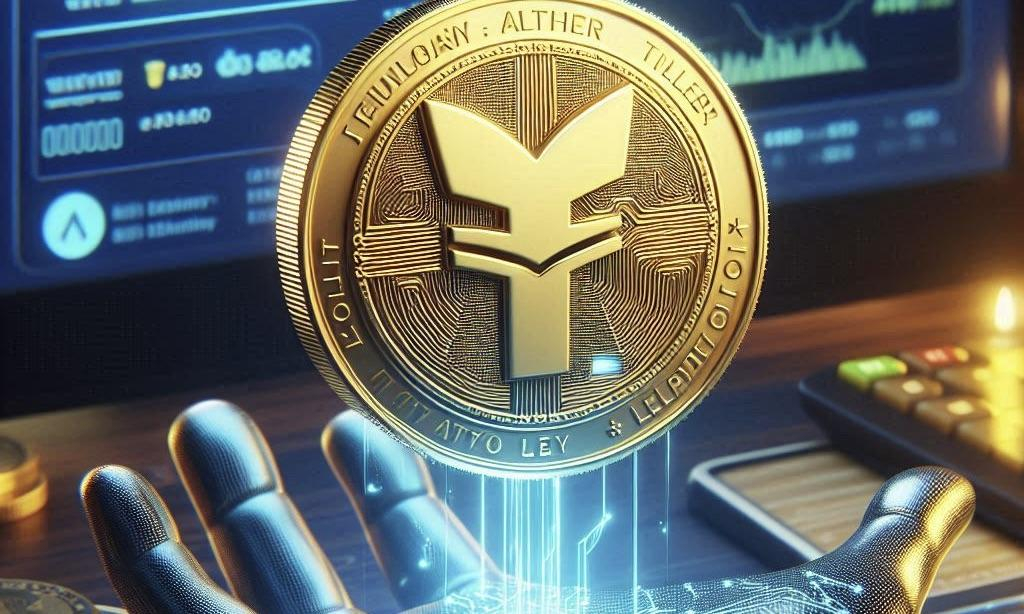
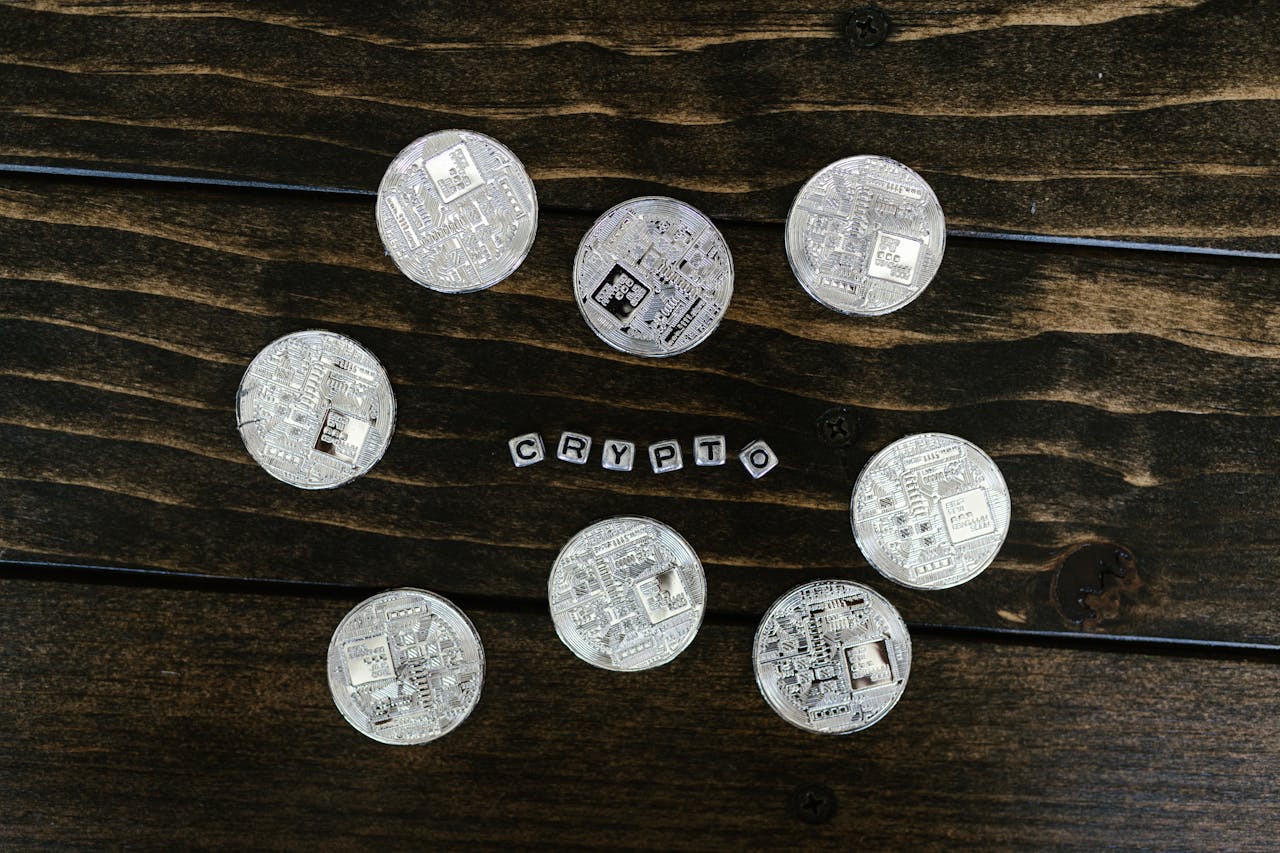
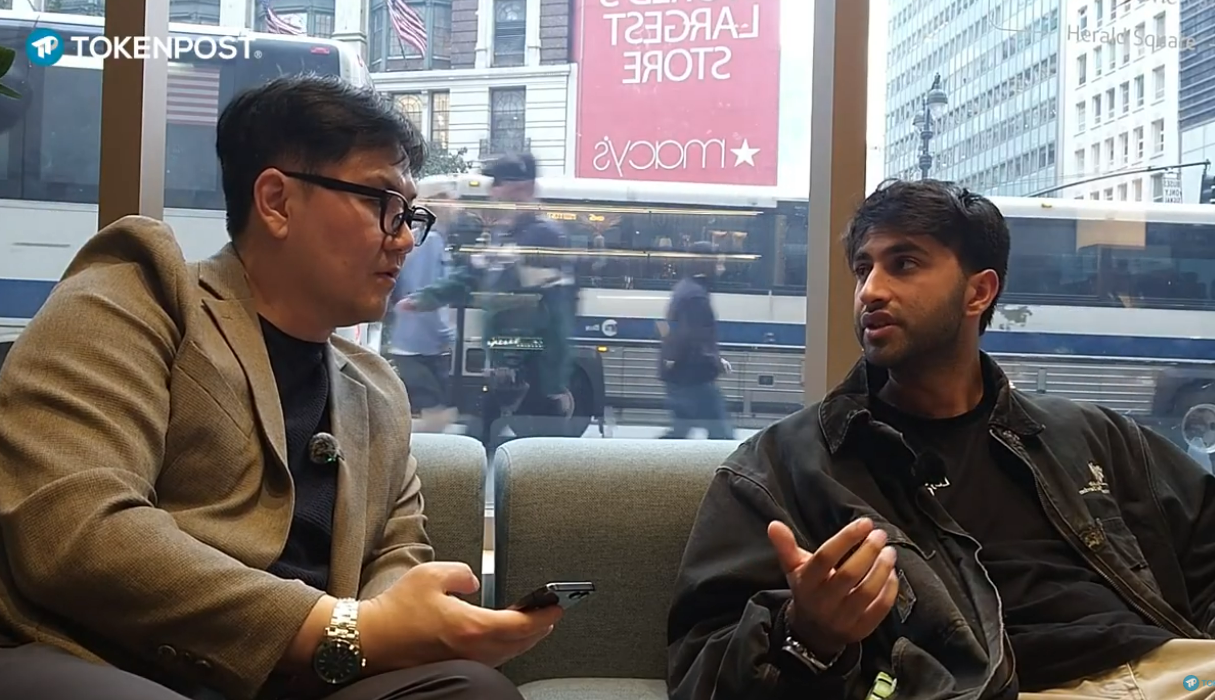






Comment 0